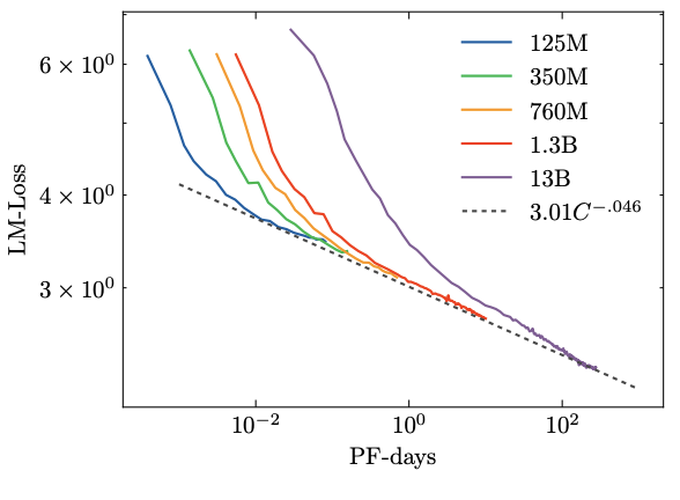What Language Model to Train if You Have One Million GPU Hours?
Abstract
The crystallization of modeling methods around the Transformer architecture has been a boon for practitioners. Simple, well-motivated architectural variations that transfer across tasks and scale, increasing the impact of modeling research. However, with the emergence of state-of-the-art 100B+ parameters models, large language models are increasingly expensive to accurately design and train. Notably, it can be difficult to evaluate how modeling decisions may impact emergent capabilities, given that these capabilities arise mainly from sheer scale.Targeting a multilingual language model in the 100B+ parameters scale, our goal is to identify an architecture and training setup that makes the best use of our 1,000,000 A100-GPU-hours budget. Specifically, we perform an ablation study comparing different modeling practices and their impact on zero-shot generalization. We perform all our experiments on 1.3B models, providing a compromise between compute costs and the likelihood that our conclusions will hold for the target 100B+ model. In addition, we study the impact of various popular pretraining corpora on zero-shot generalization. We also study the performance of a multilingual model and how it compares to the English-only one. Finally, we consider the scaling behaviour of Transformers to chose the target model size, shape, and training setup.
